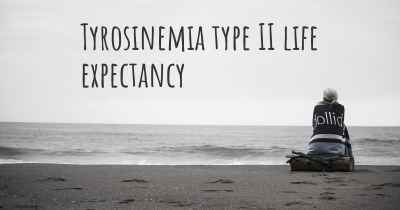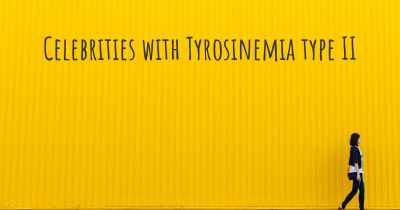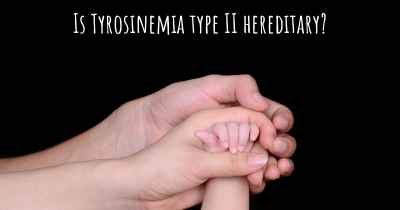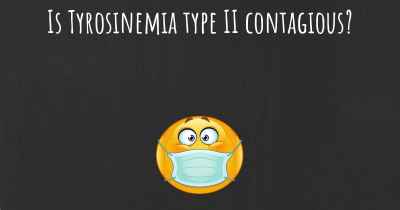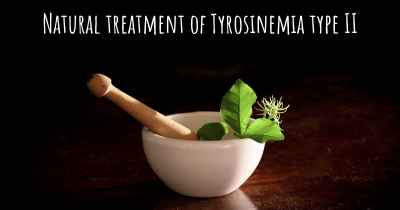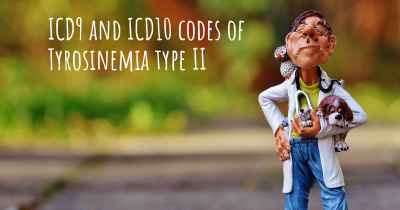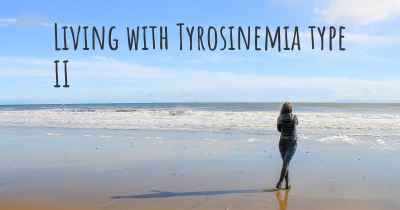Which are the causes of Tyrosinemia type II?
See some of the causes of Tyrosinemia type II according to people who have experience in Tyrosinemia type II
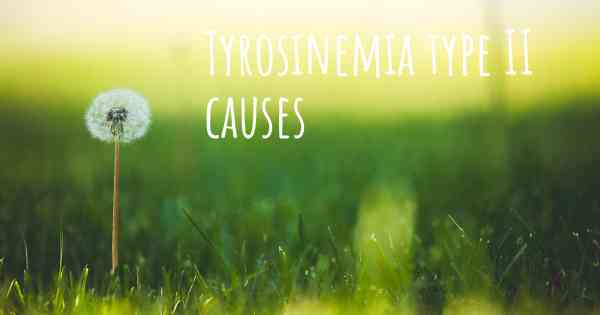
Tyrosinemia type II, also known as oculocutaneous tyrosinemia or Richner-Hanhart syndrome, is a rare genetic disorder that affects the metabolism of the amino acid tyrosine. It is caused by a deficiency of the enzyme tyrosine aminotransferase (TAT), which is responsible for breaking down tyrosine in the body.
1. Genetic Mutation: The primary cause of Tyrosinemia type II is a mutation in the TAT gene. This gene provides instructions for producing the TAT enzyme, and any alteration in the gene can lead to a deficiency or complete absence of the enzyme. The mutation is usually inherited in an autosomal recessive manner, meaning that both parents must carry a copy of the mutated gene for their child to be affected.
2. Accumulation of Tyrosine: Due to the deficiency of the TAT enzyme, tyrosine cannot be properly metabolized and accumulates in various tissues and organs of the body. This excess tyrosine can cause damage to the eyes, skin, and nervous system, leading to the characteristic symptoms of Tyrosinemia type II.
3. Ocular Manifestations: One of the hallmark features of Tyrosinemia type II is the development of eye-related problems. The accumulation of tyrosine in the eyes can lead to the formation of small, painful, and light-sensitive corneal ulcers. These ulcers can cause redness, tearing, and blurred vision. If left untreated, they can progress to more severe complications, including corneal scarring and vision loss.
4. Cutaneous Manifestations: Tyrosinemia type II also affects the skin, resulting in various dermatological symptoms. Affected individuals may develop small, raised, and yellowish skin nodules, particularly on the palms, soles, and around the nails. These nodules are known as pseudodendritic keratitis and can be painful. Additionally, the skin may become dry, scaly, and prone to blistering.
5. Neurological Symptoms: In some cases, Tyrosinemia type II can lead to neurological problems. The accumulation of tyrosine in the brain can cause developmental delays, intellectual disability, and behavioral issues. Seizures and involuntary muscle movements may also occur.
6. Diagnosis: The diagnosis of Tyrosinemia type II is typically made through a combination of clinical evaluation, biochemical testing, and genetic analysis. Elevated levels of tyrosine and its byproducts in the blood and urine, along with characteristic symptoms, can indicate the presence of the disorder. Genetic testing can confirm the diagnosis by identifying mutations in the TAT gene.
7. Treatment: Currently, there is no cure for Tyrosinemia type II. However, management strategies aim to reduce the levels of tyrosine in the body and alleviate symptoms. This may involve a low-tyrosine diet, which restricts the intake of tyrosine-rich foods such as meat, dairy products, and certain fruits and vegetables. Medications may also be prescribed to help lower tyrosine levels. Regular monitoring and follow-up with healthcare professionals are essential to ensure optimal management of the condition.
In conclusion, Tyrosinemia type II is a genetic disorder caused by a deficiency of the TAT enzyme, leading to the accumulation of tyrosine in various tissues. It manifests with ocular and cutaneous symptoms, as well as potential neurological complications. Early diagnosis and appropriate management can help improve the quality of life for individuals affected by this rare condition.
